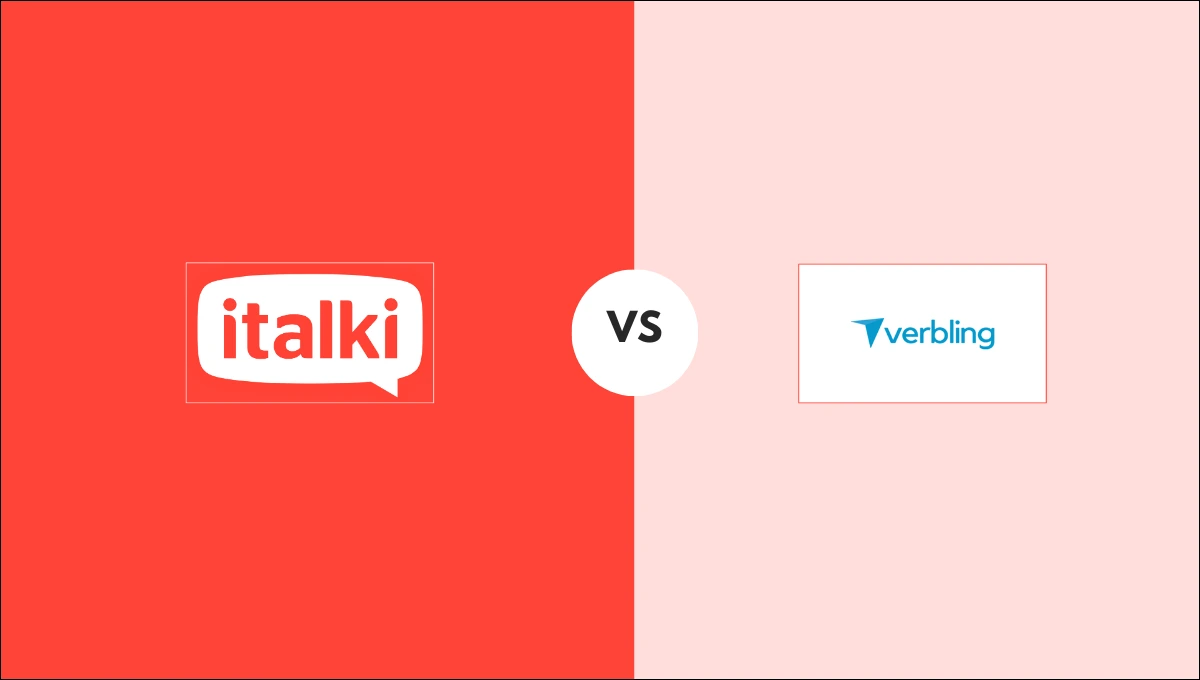When describing past activities or events in Spanish that don’t have a clear conclusion, the imperfect tense is used. Conjugating the verb is simple, but for English speakers, knowing when to use it can be challenging. It is crucial for you to learn how to use the Spanish imperfect properly.
Despite the fact that Spanish has a number of past tenses, the imperfect is one of the most frequently used, making it a useful one to learn. And the good news is they are not difficult. Given how simple it is to conjugate verbs in the imperfect, you might even find that you start using them excessively.
The imperfect tense in Spanish is used to talk about past occurrences or ongoing behaviors without a set conclusion. Although there isn’t a direct equivalent in English, using the imperfect tense in Spanish will become second nature once you understand the fundamental guidelines.
So let’s get started and examine the Spanish imperfect in detail, including what it is, how to form it, and when to use it.
What is imperfect tense in Spanish
This tense is ideal for discussing the past when used properly. When referring to ongoing or repeated past events in Spanish, we use the imperfect (pretérito imperfecto del indicativo).
In order to determine whether you should use the Spanish imperfect, consider whether the action has a specific completion date. If not, you’ll probably have to use the imperfect tense.
For example:
Mi familia y yo íbamos de vacaciones a la playa todos los años. (My family and I vacationed at the beach every year).
When the family stopped taking beach vacations is unknown. We only know that they no longer do, so we use the imperfect tense. You can learn Spanish easily by looking at the relevant examples and understanding their contextual use.
The second way to consider the Spanish imperfect is to describe the environment, or background, in which an event occurred.
For example:
Estábamos en el jardín cuando comenzó a llover. (We were in the garden when it started to rain).
They were in the garden when it started to rain, and this imperfect sentence serves as background information for the story. All of these sentences simply state that the events in question occurred in the past, without providing an exact date.
Having some sense so far? Just keep in mind that as you use it more, it will become clearer.
How to form imperfect tense in Spanish
Before getting into the formation of the imperfect tense in Spanish, we have a recommendation for you. If you are looking for a language learning medium to learn Spanish online check out italki. With a wide range of online Spanish tutors, they will make you learn the contextual use of phrases, tenses, Spanish grammar, and much more. You can enroll yourself online with just a few clicks.
You can learn how to conjugate verbs in the Spanish imperfect by following two simple rules. The endings for the imperfect tense follow two rules:
- The endings for regular verbs ending in -er and -ir are exactly the same.
- The endings for yo and él / ella / usted are also the same.
The number of endings you need to memorize will be greatly decreased if you can remember these two rules. There are only three irregular verbs, which is good news if you are wondering about them. And now for the conjugations!
Regular verbs
| trabajar (to work) | tener (to have) | salir (to go out/to exit) | |
| yo | trabajaba | tenía | salía |
| tú | trabajabas | tenías | salías |
| él/ella/usted | trabajaba | tenía | salía |
| nosotros/nosotras | trabajábamos | teníamos | salíamos |
| vosotros/vosotras | trabajabais | teníais | salíais |
| ellos/ellas/ustedes | trabajaban | tenían | salían |
Irregular verbs
| ser (to be) | ir (to go) | ver (to see) | |
| yo | era | iba | veía |
| tú | eras | ibas | veías |
| él/ella/usted | era | iba | veía |
| nosotros/nosotras | éramos | íbamos | veíamos |
| vosotros/vosotras | erais | ibais | veíais |
| ellos/ellas/ustedes | eran | iban | veían |
Even though they are irregular, as you can see, they still follow a pattern, so there is definitely a method. If ver has the same -er verb endings as a regular verb, why is it irregular? Because the ‘e’ from the infinitive form is retained. So, when do we use this past tense specifically?

Find Your Perfect Teacher
At italki, you can find your Spanish tutor from all qualified and experienced teachers. Now experience the excellent language learning journey!
Book a trial lesson
When to use imperfect tense in Spanish
As we have already established that the imperfect tense is used to describe past events that don’t have a clear end date. We generally discuss four important applications of the imperfect. Let’s look at some Spanish examples of the imperfect tense. Try coming up with your own sentences to discuss your past as you read them.
Describing the past
Used to describe people’s appearance, places, and situations.
For example:
- Hacía mucho calor en la playa y había mucha gente. (It was too hot at the beach and there were a lot of people).
- Marta tenía el pelo largo de pequeña. (Marta had long hair when she was a child).
Describing habits in the past
The imperfect tense in Spanish is used to describe past instances of habits or routines in the same way that the present tense is used to describe actions that are currently taking place.
Even the present tense and imperfect use the same time expressions. We have contrasted two claims about the present and historical habits to show this.
For example:
- Siempre tomo café por las mañanas. – Siempre tomaba café por las mañanas. (I always have coffee in the mornings. – I always used to have coffee in the mornings).
- Cojo el autobús cada día. – Cogía el autobús cada día. (I take the bus every day. – I used to take the bus every day).
Describing the circumstances in which something has occurred
It is common to use the imperfect to describe events that provide background information for another event.
For example:
- Llegué tarde a trabajar porque el metro no funcionaba. (I was late for work because the underground wasn’t working).
Describing an action in progress in the past
When describing an ongoing event that is interrupted, we use the imperfect for the ongoing event and the simple past tense for the action that caused the interruption.
For example:
- Me encontré con Juan cuando iba al cine. (I bumped into Juan when I was going to the cinema).
- Caminada a la oficina cuando vi a tu hermana. (I was walking to the office when I saw your sister).
While some of you might enjoy learning from lists and examples like these, we are aware that this approach is not always the most useful. So keep the following in mind as you consider whether to use the imperfect:
1. Do I know when the action started or finished exactly?
2. Is there a clear beginning or end?
3. Did it happen only once at a specific moment in time?
If the answer to these questions is no, you will definitely need to use the imperfect. That is everything you need to know about imperfect tense in Spanish. Being a Spanish language learner, you need to practice the use of imperfect tense, direct object tense, -ar verbs, and –ir verbs in Spanish. Learning a second language requires a lot of practice and consistency.
Frequently asked questions
Q. What are the rules about using the imperfect tense in Spanish?
A. To form the imperfect of any regular -ar verb, you take off the -ar ending of the infinitive to form the stem and add the endings: -aba, -abas, -aba, -ábamos, -abais, -aban.
Q. How do you know if a Spanish word is imperfect?
A. The rule of thumb for determining which tense to use is that the preterite talks about what you did, and the imperfect talks about what you were doing or what you used to do.
Q. How many imperfect tenses are there in Spanish?
A. There are only three irregular imperfect conjugations in the entire Spanish language and they are ir, ser, and ver.
Conclusion
It is simpler to follow a set of rules and trust your instincts, as it is with most things in life. Therefore, just give it a try when it comes to learning Spanish in general and the imperfect tense in particular. Most likely, you’ll do it correctly the first time as they are quite simple.
There is only one thing left to do now that you are aware of when and how to use the imperfect. Learn how to use the imperfect tense in Spanish. You can seek guidance from different Spanish learning apps to practice imperfect tense in Spanish.




















